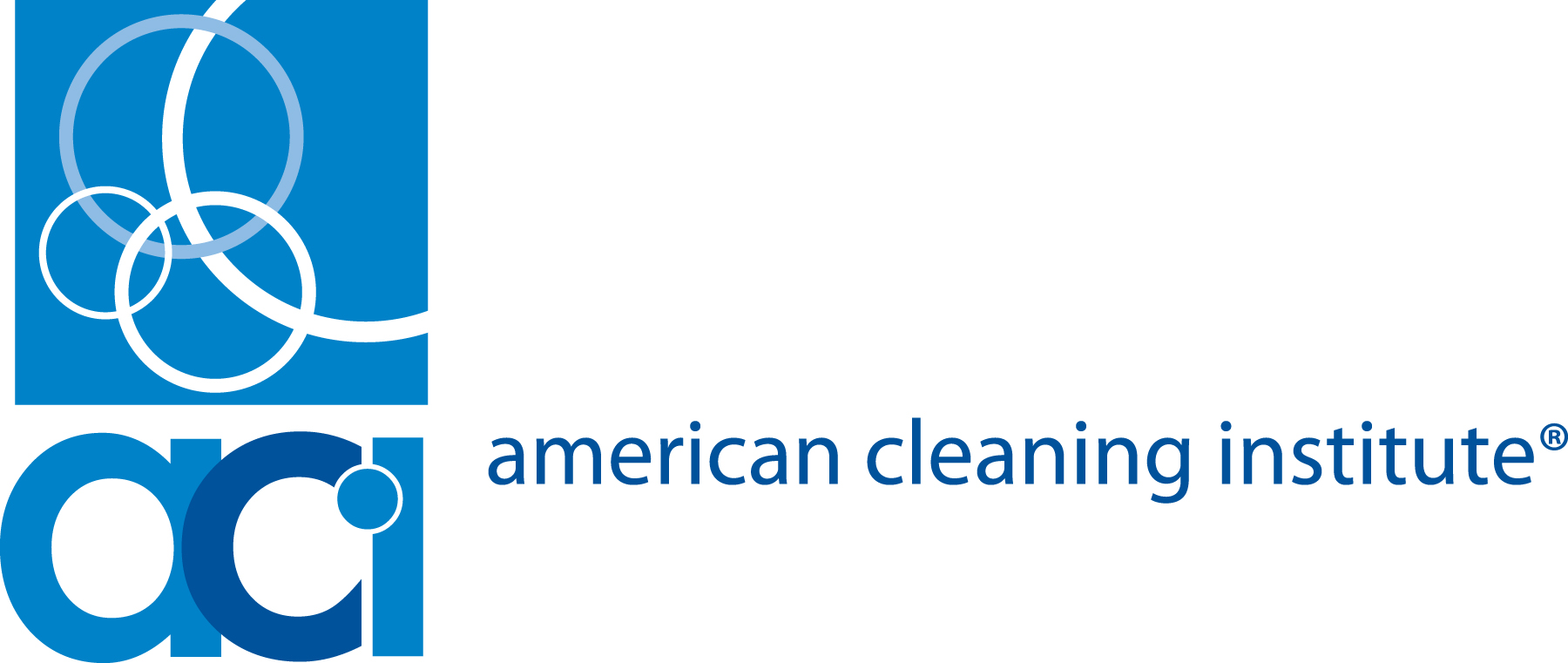Newswise — Americans are up to their elbows in grime, and they're not doing enough about it, according to The Soap and Detergent Association's (SDA) 2004 Clean Hands Report Card(SM). The Report Card gives Americans a "C" for hand hygiene, although many would give themselves a higher grade. But what is said versus what is done often differs.
SDA (http://www.cleaning101.com) produced the Report Card to raise awareness of National Clean Hands Week (September 19-25), a national health campaign that touts handwashing as the easiest path to staying healthy. The Report Card surveyed Americans on basic hand hygiene practices, such as washing before a meal, after using the bathroom, and after coughing or sneezing. The Report Card not only measured how often Americans wash daily, but for how long, and revealed perceptions of hand hygiene.
"Most infectious diseases are spread by contact, either person-to-person, or by touching surfaces harboring germs," said U.S. Surgeon General Richard H. Carmona. "Proper hand cleaning is the best prevention against communicable illness."
"In very simple terms, clean hands save lives," said Nancy Bock, SDA Vice President of Education. "According to the Centers for Disease Control and Prevention (CDC), cleaning our hands is the single most important thing we can do to keep from getting sick and spreading illness to others."
Among the findings of SDA's latest National Cleaning Survey:
· 43% surveyed seldom or never wash their hands after coughing or sneezing. One of the most common ways people catch colds is by rubbing their nose or eyes after touching someone or something contaminated with the cold virus.· 32% don't always wash before eating lunch. That means germs that were on the change, the door handle, and the elevator button might find their way onto the midday turkey sandwich. · 54% of respondents don't wash their hands long enough to effectively remove germs and dislodge dirt. The CDC and SDA recommend washing with soap for at least 20 seconds.
Do As I Say Not As I Do
According to the Report Card, 90% of Americans surveyed said they always washed their hands after using the bathroom, while eight percent said they frequently washed, and two percent said they seldom or never washed. There appears to be a major gap between what people say and what they do. A 2003 observational study by the American Society for Microbiology found as many as one-third of public restroom users did not wash their hands.
Gender Gap in Hand Hygiene
The Clean Hands Report Card found a notable gap in the hand hygiene perceptions and practices of men and women. While 51% overall considered handwashing as a top way to prevent colds and flu, more women (60%) thought so than men (42%). Both men and women listed other top cold and flu prevention tactics including healthy diet (23%), immunization (11%), and proper sleep (8%). Women also were ahead in handwashing frequency: they washed their hands an average of 9 times a day, while men washed an average of 6 times daily.
The "What, When, Where, and How" of Hand Hygiene
"More Americans should know that your health is literally in your hands," said SDA's Nancy Bock. She mentioned key instances when handwashing is critical.
· when preparing food · before meals and snacks· after using the restroom · after touching animals · when hands are dirty · when you or someone around you is ill
Away from the Sink? Great Hygiene Tools Are At Hand
No soap and water? That is no longer a barrier to hand hygiene with the latest portable products. Instant hand sanitizers, gels and foams are convenient and effective in killing germs. Additionally, disposable hand wipes offer a timesaving cleansing alternative for people with active lifestyles. SDA, which has been educating the public about health and hygiene issues since 1926, offers a range of resources for parents, educators, and students at its website: http://www.cleaning101.com.
The Clean Hands Report Card(SM) was based on a survey of 1013 American adults (504 men and 509 women). The independent consumer research study was completed in August 2004, on behalf of The Soap and Detergent Association (SDA), by International Communications Research (ICR). The survey has a margin of error of plus or minus 3.1 percent.
The Soap and Detergent Association (http://www.cleaning101.com), the U.S. Home of the Cleaning Products Industry(SM), is the non-profit trade association representing manufacturers of household, industrial, and institutional cleaning products; their ingredients; and finished packaging; and oleochemical producers. SDA members produce more than 90 percent of the cleaning products marketed in the U.S. The SDA is located at 1500 K Street, NW, Suite 300, Washington, DC 20005.
